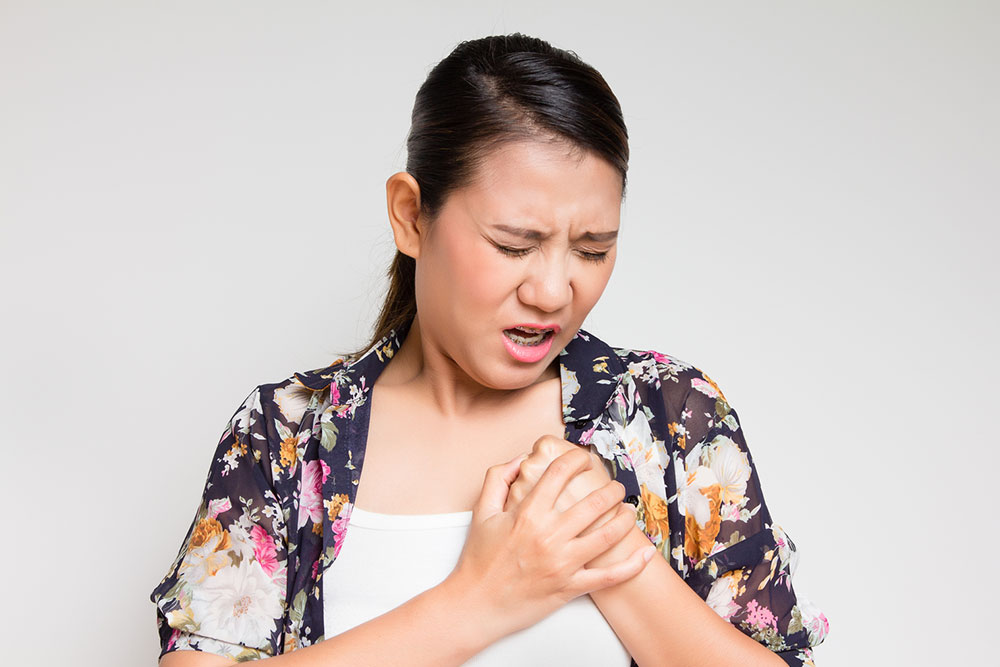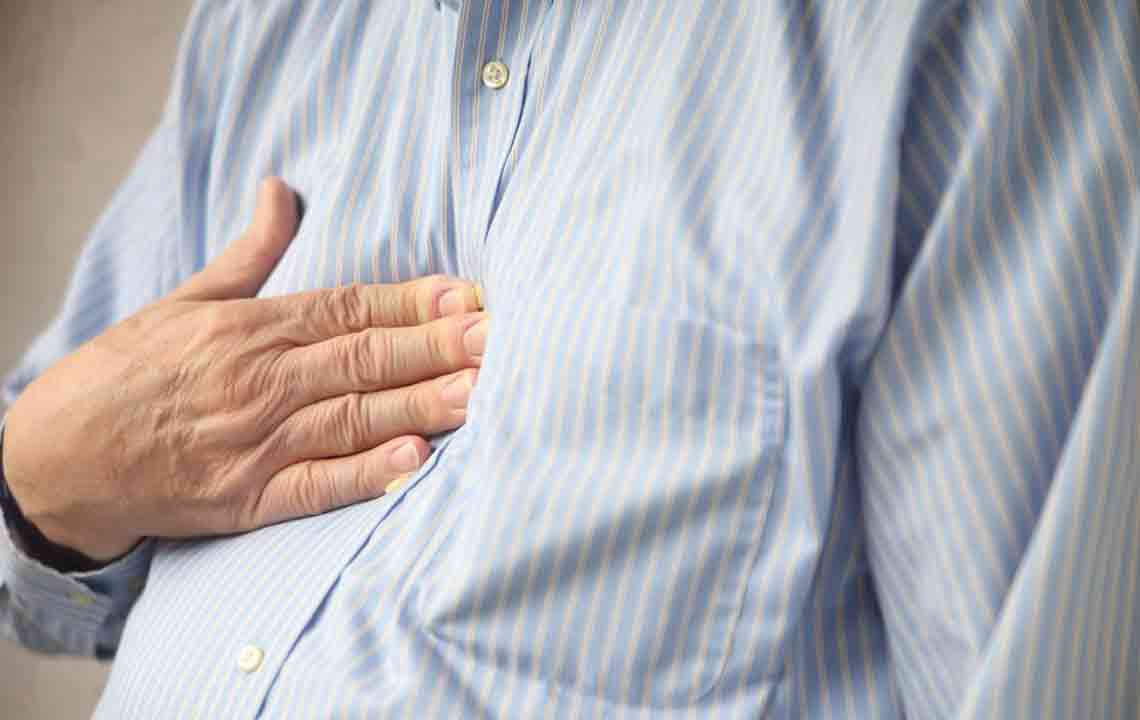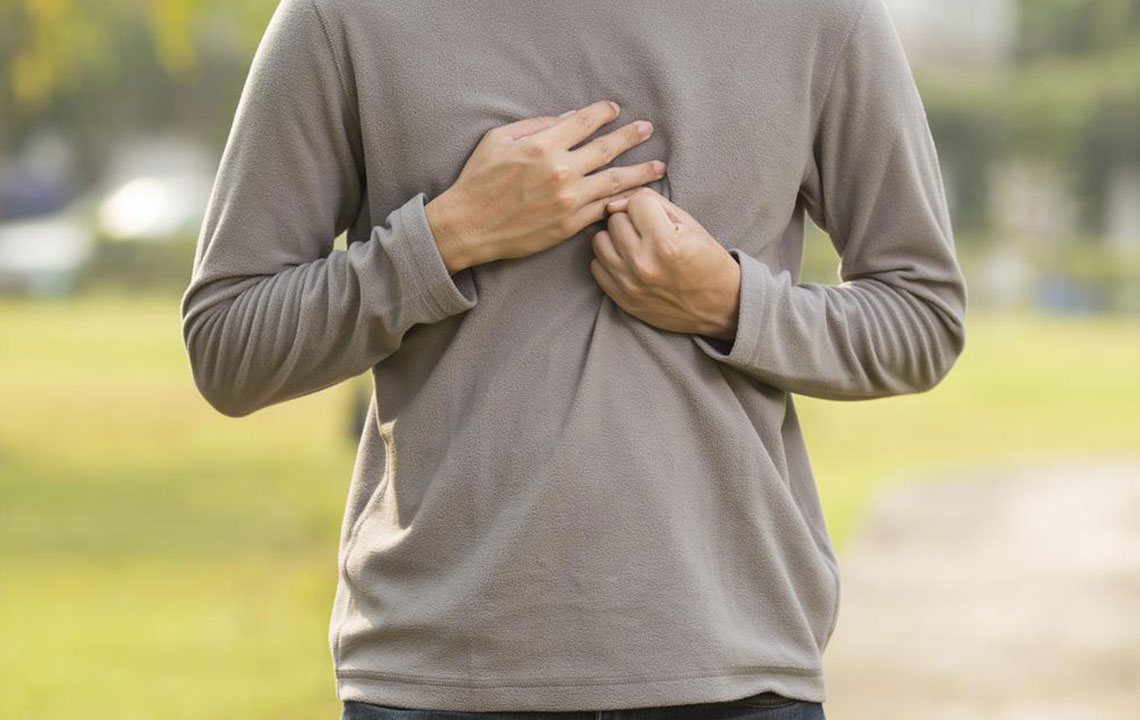Identifying Critical Health Issues Indicated by Breast Pain: A Comprehensive Guide
This comprehensive article discusses the critical health conditions associated with left breast pain. It highlights symptoms of heart attack, pericarditis, and other serious issues, emphasizing the importance of timely medical evaluation for chest discomfort. The guide aims to raise awareness about recognizing warning signs and seeking urgent care to prevent severe outcomes, making it an essential resource for women's health safety.

Recognizing Serious Medical Conditions Through Breast Discomfort
Breast pain is a common complaint among women, often associated with benign conditions or hormonal changes. However, in certain circumstances, discomfort or pain in the breast, especially on the left side, can signal serious underlying health issues that require prompt medical attention. Understanding the possible causes of such pain can be lifesaving and help in early diagnosis and treatment.
This extensive guide aims to shed light on critical health conditions linked to breast pain, particularly focusing on the implications of pain localized in the left breast. We will explore various serious conditions such as heart troubles, inflammatory diseases, and other potentially life-threatening issues that manifest symptoms in the chest and breast area.
Important Health Conditions Associated with Left Breast Pain
Heart Attack (Myocardial Infarction)
Positioned slightly to the left of the chest cavity, the heart's proximity makes it a primary concern when pain occurs on the left side. A heart attack occurs when blood flow to a part of the heart muscle is blocked, leading to tissue damage. Symptoms often include persistent chest pressure, squeezing sensations, or tightness that may radiate to the left arm, neck, jaw, or back. Left breast pain accompanied by shortness of breath, sweating, nausea, or dizziness should be considered an emergency. Immediate medical evaluation is essential to prevent fatal outcomes.
The World Health Organization ranks cardiovascular diseases, including heart attacks, as the leading cause of death globally. Recognizing early signs such as chest discomfort or pressure on the left side often associated with breast pain can be life-saving. Prompt medical intervention can significantly reduce the risk of severe complications or death, making awareness about these symptoms highly crucial.
Pericarditis
This condition involves inflammation of the pericardium, the thin sac-like membrane surrounding the heart. Pericarditis can cause sharp, stabbing pains in the chest that may radiate to the left shoulder or arm. Often linked to autoimmune diseases, infections, or post-heart surgery complications, early diagnosis is vital. Patients may also experience fever, exhaustion, or a feeling of fullness in the chest. Anti-inflammatory medications and rest are primary treatments, but identifying and managing underlying causes is essential for recovery.
Precordial Catch Syndrome
Often affecting adolescents and young adults, precordial catch syndrome is characterized by sudden, sharp chest pains that can mimic heart attack symptoms. The exact cause is unknown but is believed to be caused by irritation of the nerves in the chest wall, perhaps due to poor posture, minor injuries, or muscular strain. The pain usually resolves spontaneously within a few minutes and does not require treatment, but awareness of this benign condition can prevent unnecessary anxiety and medical visits.
Pleurisy (Pleuritis)
Pleurisy involves inflammation of the pleura, the double-layered membrane surrounding the lungs and lining the chest cavity. Viral, bacterial, or fungal infections often cause it. Symptoms include sudden or sharp chest pain that worsens during deep breaths, coughing, or sneezing, often radiating to the left breast. Accompanying symptoms can include shortness of breath, cough, fever, or chills. Treatment typically involves addressing the underlying infection and managing pain with anti-inflammatory drugs.
Considering the vital organs located in the chest's left side, experiencing persistent or acute pain in this area should never be ignored. Immediate consultation with healthcare professionals is critical to determine the underlying cause and facilitate appropriate treatment, which can avert potentially life-threatening complications.





